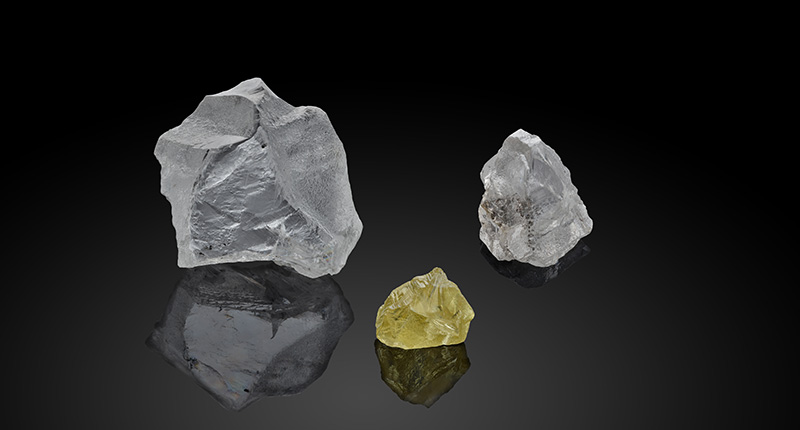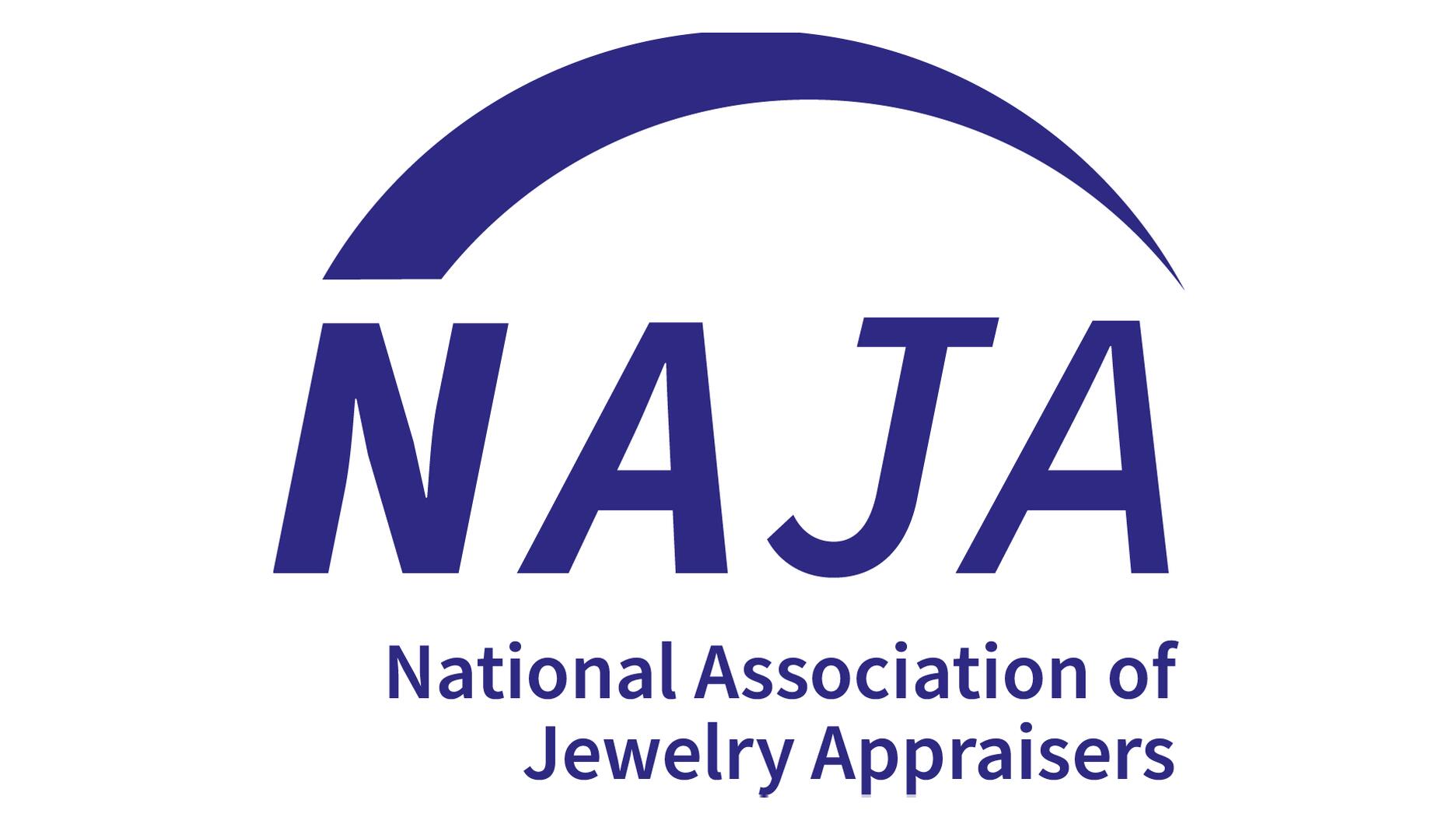The couple pleaded guilty to concealing at least $127 million in cash transactions at its precious metals businesses.
Operator of Ekati Diamond Mine Granted Insolvency Protection
Dominion Diamond Mines also has a 40 percent stake in the Diavik mine.

London—Dominion Diamond Mines announced Thursday it has filed for and was granted insolvency protection under the Companies’ Creditors Arrangement Act (CCAA) in Canada.
The CCAA is a federal act that allows financially troubled companies owing more than $5 million to creditors 30 days of protection to financially restructure while avoiding bankruptcy and allowing the creditors to receive some money.
Based in Calgary, Dominion owns the Ekati Diamond Mine and is the 40 percent JV partner in the Diavik Diamond Mine operated by Rio Tinto. Both mines are located in Canada’s Northwest Territories, less than 200 miles south of the Arctic Circle.
In a statement released Thursday, the company said the COVID-19 pandemic was the primary driver behind its filing.
It closed the Ekati mine fairly early on in response to the pandemic, shuttering operations there March 19, citing the disease’s rapid spread, the mine’s remote location and the high frequency of air travel required by staff.
Diavik, which is less than 20 miles from Ekati, is still fully operational, Rio Tinto confirmed.
“Although the company has strong diamond inventory, sorting houses and diamond markets are closed,” Dominion said. “These are key channels to facilitate the sale of the company’s inventory, so currently there is no ability to generate sufficient revenue to support Dominion’s ongoing financial obligations.”
The Washington Companies, which bought Dominion in 2017, offered to provide debtor-in-possession financing to provide it liquidity through the CCAA process in exchange for Dominion agreeing to a memorandum of understanding (MOU) regarding its possible sale to a Washington Companies affiliate as a stalking-horse bidder. Dominion would also be required to solicit other bids to either buy or invest in the company.
Dominion said whether or not it accepts The Washington Companies’ offer, it expects to obtain new financing, emerge from CCAA and reopen.
“As the spread of COVID-19 subsides and diamond markets reopen, Dominion plans to resume mining operations at the Ekati Diamond Mine and safely recall its furloughed workers,” it said. “Dominion continues to believe in the long-term viability of its assets and expects to emerge stronger and better able to deliver value to all stakeholders.”
Rio Tinto declined to comment directly on Dominion’s filing or its options when it comes to the Diavik mine, stating only: “Rio Tinto notes that Dominion Diamond Mines has filed for insolvency protection. Our focus remains on safely continuing our operations amidst the global COVID-19 pandemic.” 
The news about Dominion Diamond broke the same day De Beers’ parent company Anglo American released production results for the first quarter 2020 and its forecast for the year ahead.
Anglo cut production guidance for De Beers’ diamond mines from 32-34 million carats to 25-27 million carats, noting the drop-off in wholesale diamond trading and consumer traffic in key markets due to COVID-19.
These figures are subject to “continuous review based on the disruptions related to COVID-19 as well as the timing and scale of the recovery in trading conditions,” Anglo said.
In the first quarter 2020, coronavirus had limited impact on De Beers’ production, as shutdown and social distancing measures in producer countries didn’t take effect until the end of the quarter.
As of Friday, all De Beers’ mining operations that had been shuttered were ramping up to reopen.
Spokesman David Johnson said the company’s mines in Botswana and land operations in Namibia are returning to production at lower volumes, and the Venetia mine in South Africa is ramping up to 50 percent workforce.
Off-shore diamond mining in Namibia is operating at lower volumes, and the Gahcho Kué mine in Canada continues to operate but at lower volumes.
Rough diamond production in Q1 totaled 7.9 million carats, down 1 percent from 7.8 million carats a year ago.
Production was down in Botswana by 5 percent to 5.6 million carats, mainly because of work being done at the Orapa mine, and it dropped 19 percent year-over-year to 800,000 carats in Canada, which still had the Victor mine in the first quarter of last year.
In Namibia, diamond production was up 6 percent to 500,000 million carats and in South Africa, production increased 97 percent to 800,000 carats as De Beers mined the final ore from the open-pit Venetia mine—its only remaining mine in the country—before it is transitioned into an underground operation.
De Beers is spending $2 billion to take Venetia underground and expand its life into the 2040s.
Rough diamond sales in the first two rounds of sightholder and auction sales in 2020 were up 19 percent year-over-year, from 7.5 million carats to 8.9 million due to a weak Q1 in 2019.
But De Beers called off the third sight of 2020 as demand plummeted with the spread of COVID-19.
It allowed customers to defer all sight three allocations to later in the year.
Editor’s note: Information in this story about the ownership of the Diavik Diamond Mine was corrected post-publication. The mine is operated by Rio Tinto, not Dominion as previously stated.
The Latest

Consumers shared concerns about prices, inflation, tariffs, trade, and politics in the survey’s write-in response section.

In February 2026, the auction house will move its headquarters to the former Steinway Hall, a neoclassical landmark on Billionaires’ Row.

How Jewelers of America’s 20 Under 40 are leading to ensure a brighter future for the jewelry industry.

The new show will take place Jan. 23-25, 2026.


The LVMH-owned brand has partnered with the costume design union to revamp its award for 2026.

The luxury titan inked a deal to acquire an initial minority stake in the jewelry manufacturer with a pathway to full ownership by 2032.

Roseco’s 704-page catalog showcases new lab-grown diamonds, findings, tools & more—available in print or interactive digital editions.

The company’s curation of unsigned vintage and estate jewelry debuted at the Bloomingdale’s in Costa Mesa, California.

In the recent multi-shipment seizure, CBP also found counterfeit Audemars Piguet, Moncler, and Chrome Hearts items.

Helzberg’s Chief Retail Officer Mitch Maggart shared details about its tests of a new store concept rooted in an elevated luxury experience.

Jewelers of America execs and National Jeweler editors discuss tariffs, the sky-high gold price, and the engagement that broke the internet.

The luxury goods company said founder Ippolita Rostagno will remain at the brand’s helm.

Laura Burdese, who joined the Italian luxury brand in 2022, will take on the role in July.

The National Jeweler editors revisit the most noteworthy industry happenings and design trends from 2025.

Need a gift for the cat lover who has everything? Look no further than our latest Piece of the Week.

It purchased the “Grosse Pièce,” an ultra-complicated Audemars Piguet pocket watch from the ‘20s, for a record-breaking price at Sotheby’s.

The lab-grown diamond grower now offers custom engagement and fashion jewelry through its Kira Custom Lab Jewelry service.

Chandler got his start at Michelson Jewelers and has served as DCA president and CEO since 2001. He will retire at the end of the month.

The boutique is slated to open this week inside Terminal 8, offering pre-owned Rolex watches and more to international travelers.

Sponsored by Digital Monitoring Products

The special-edition egg pendant ingested in a New Zealand jewelry store was recovered after a six-day wait.

Associate Editor Natalie Francisco plays favorites with Piece of the Week, selecting a standout piece of jewelry from each month of 2025.

The “Love and Desire” campaign is inspired by the magic that follows when one’s heart leads the way, said the brand.

Two awardees will receive free tuition for an educational course at the Swiss lab, with flights and lodging included.

Berta de Pablos-Barbier will replace Alexander Lacik at the start of January, two months earlier than expected.

Sotheby’s held its first two jewelry sales at the Breuer building last week, and they totaled nearly $44 million.


























